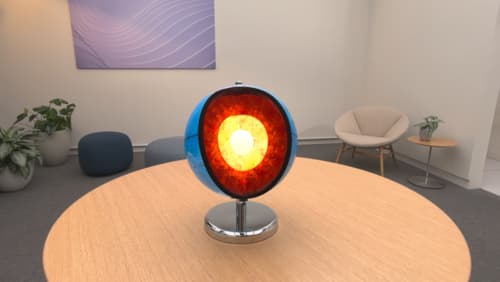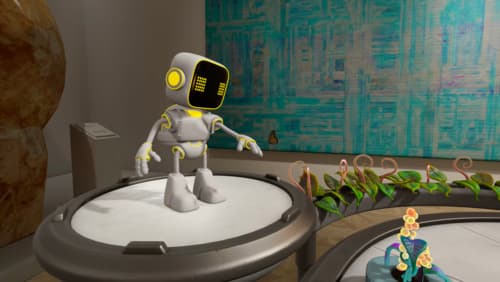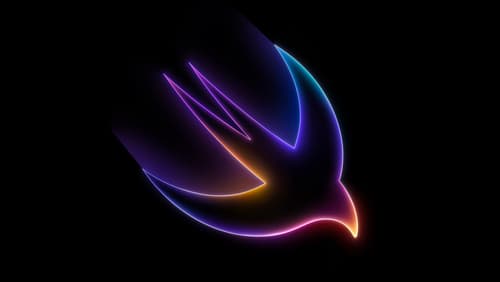what steps do I need to take to get started with an app build that I can start to place rive animations into
Asked on 2024-07-30
1 search
To get started with building an app that can incorporate Rive animations, you can follow these steps based on the content presented at WWDC:
-
Set Up Your Development Environment:
- Ensure you have the latest version of Xcode installed.
- Create a new project in Xcode.
-
Set Up Spatial Tracking:
- If you are targeting visionOS, you will need to set up spatial tracking so that the app can understand hand and environment data. This is covered in the session Build a spatial drawing app with RealityKit.
-
Build a User Interface:
- Create a user interface that allows users to interact with your app. This can be done using SwiftUI or RealityKit. For visionOS, you can place SwiftUI or RealityKit content in windows, volumes, and spaces. More details can be found in the session Build a spatial drawing app with RealityKit.
-
Add Animations:
- To add animations, you can use Reality Composer Pro, which allows you to create animations using the timeline editor. You can compose scenes, configure components, create complex materials, add audio, and more. This is detailed in the session Compose interactive 3D content in Reality Composer Pro.
-
Integrate Rive Animations:
- Import your Rive animations into your Xcode project. You can use the Rive runtime for iOS to render and control your animations.
- Add the Rive animation view to your SwiftUI or UIKit views.
-
Test and Iterate:
- Run your app on a simulator or a real device to test the animations and interactions.
- Iterate on the design and functionality based on feedback and testing results.
By following these steps, you can start building an app that incorporates Rive animations and leverages the powerful features of RealityKit and visionOS. For more detailed guidance, you can refer to the sessions mentioned above.

Explore object tracking for visionOS
Find out how you can use object tracking to turn real-world objects into virtual anchors in your visionOS app. Learn how you can build spatial experiences with object tracking from start to finish. Find out how to create a reference object using machine learning in Create ML and attach content relative to your target object in Reality Composer Pro, RealityKit or ARKit APIs.

Compose interactive 3D content in Reality Composer Pro
Discover how the Timeline view in Reality Composer Pro can bring your 3D content to life. Learn how to create an animated story in which characters and objects interact with each other and the world around them using inverse kinematics, blend shapes, and skeletal poses. We’ll also show you how to use built-in and custom actions, sequence your actions, apply triggers, and implement natural movements.

Platforms State of the Union
Discover the newest advancements on Apple platforms.
